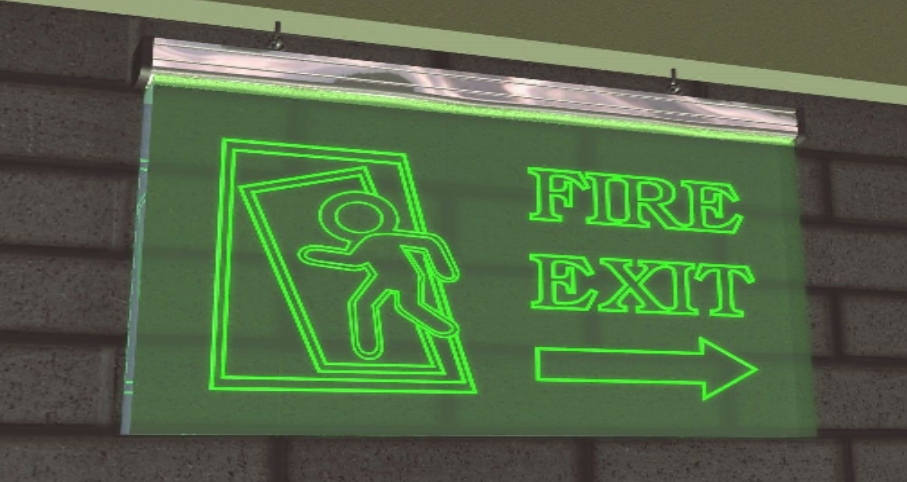Emergency lighting is a critical aspect of building safety, especially in urban centers like London where large populations rely on effective emergency systems. Understanding the standards and compliance regulations governing emergency lighting is crucial for building owners, managers, and occupants alike, including the acquisition of an Emergency Light Testing Certificate.
Importance of Emergency Lighting
In the event of a power outage or emergency situation such as a fire, emergency lighting ensures that buildings remain safe and occupants can evacuate quickly and safely. Uncuymaza It provides illumination along escape routes, stairwells, and other critical areas, allowing people to navigate without confusion or delay.
Regulatory Framework in London
London, like many cities, adheres to specific regulations and standards regarding emergency lighting to ensure consistency and effectiveness across different types of buildings. These standards are designed to minimize risks and ensure compliance with safety requirements.
Key Standards and Regulations
BS 5266: Part 1: 2016
BS 5266-1:2016 is the British Standard for emergency lighting, covering the application and practice of emergency escape lighting systems. It outlines the design, installation, and testing requirements for emergency lighting in various types of buildings.
Regulatory Reform (Fire Safety) Order 2005
The Regulatory Reform (Fire Safety) Order 2005 is another crucial regulation that applies to all non-domestic premises in England and Wales, including London. It requires building owners and managers to assess fire risks and implement appropriate measures, including emergency lighting, to ensure the safety of occupants.
Compliance Requirements
Regular Testing and Maintenance
Compliance with emergency lighting standards requires regular testing and maintenance of the systems. This ensures that the lights function correctly when needed and comply with regulatory requirements.
Installation by Competent Professionals
Emergency lighting systems must be installed by competent professionals who understand the specific requirements of BS 5266 and other relevant standards. This ensures that the system is designed and implemented correctly from the outset.
Challenges and Considerations
Building Type and Usage
Different types of buildings have varying requirements for emergency lighting based on their size, layout, and usage. For example, a large office building may require more extensive coverage compared to a small retail space.
Evolving Technology
Advancements in lighting technology offer new possibilities for emergency lighting systems, such as LED lights that are energy-efficient and long-lasting. Integrating these technologies while maintaining compliance with existing standards can be a challenge for building owners and managers.
Conclusion
Navigating emergency lighting standards and compliance in London requires a clear understanding of the regulatory framework, including BS 5266 and the Regulatory Reform (Fire Safety) Order 2005. By adhering to these standards and ensuring regular testing and maintenance, building owners can enhance the safety of their premises and protect occupants in the event of an emergency, with support from EICR Cert. As technology continues to evolve, staying informed about advancements in emergency lighting systems will be crucial for maintaining compliance and improving safety standards across the city, If you want to stay updated with posts like this, please follow us on VarietyMagzine.











